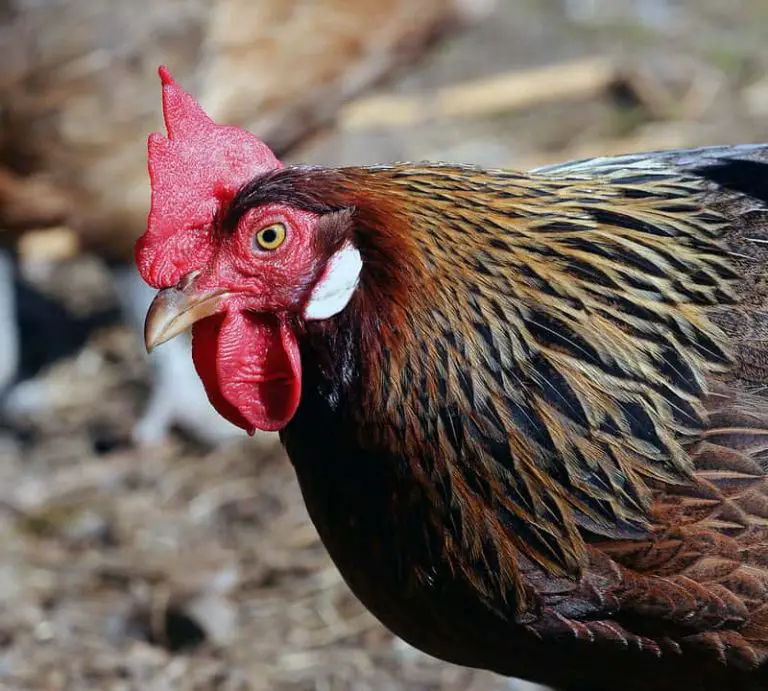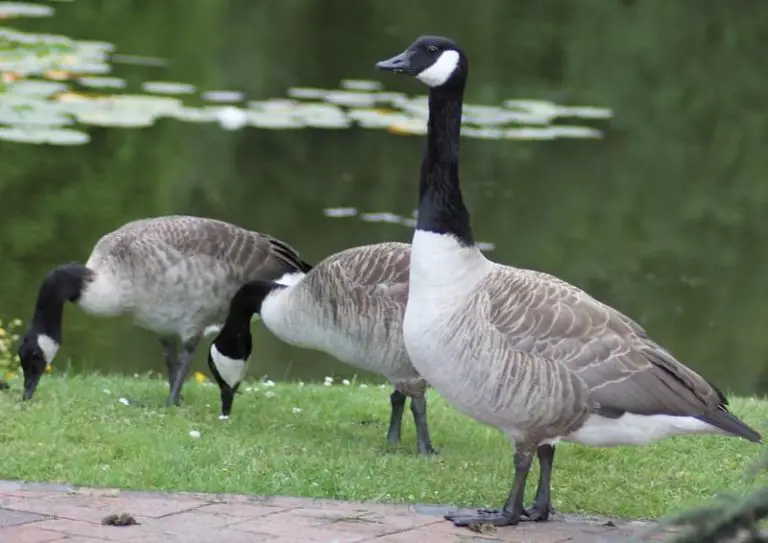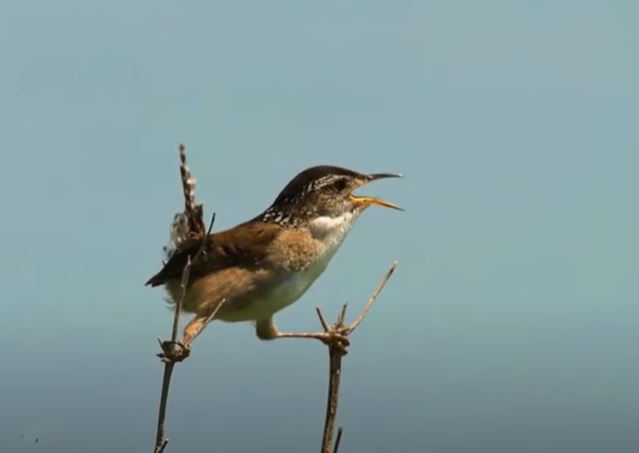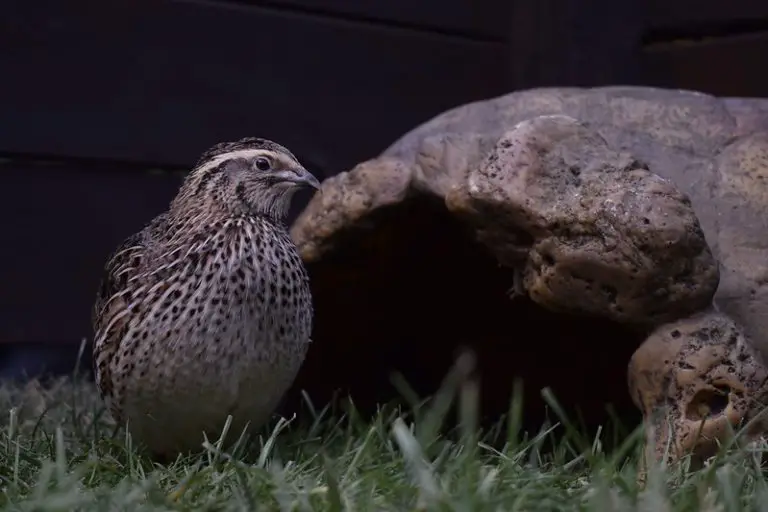These Are Signs of an Aging Cockatiel

If birds had wrinkles and gray hair like we humans, it would be extremely easy to age them, but unfortunately determining the age of a cockatoo with the naked eye is something that requires deep observation.
Time in your domestic cockatiels will also leave traces. The symptoms of aging in birds are quite similar to human aging but to the human eye they are obviously more difficult to detect
It is important to detect old age in these pets, since the care that must be offered to them increases. Arthritis, uneasiness and obesity would be the problems to control during the last stage of their lives.
Once an adult, it is very difficult to know the age of the cockatoo, unless it has a ring with its year of birth engraved on it, otherwise certain physical and behavioral characteristics must be observed.
A lot of the aging changes in birds are usually notorious. However, there are other signs that require our observation, Next, I analyze the signs that indicate that a cockatiel is getting older.
The brightness of its plumage disappears
The same way that human being gets grey hair, birds also experience some depigmentation of their feathers. This process is gradual and increases with age. For example, red feathers lose their characteristic shine.
Most tropical birds possess a specific type of coloration, the psitafulvins. Due to them, parrots, cockatiels, and macaws get their bright colors for which they are so highly appreciated.
The psittacofulvins is a very exclusive pigment that plays a fundamental role in the colorization of the plumage of the birds, this time of pigment, would come being what is the melanin in the human being.
The psittacofulvins is the pigment that gives the brilliant color to the feathers of the cockatiels, this pigment is synthesized biochemically in a natural way by the birds, but like all biological processes, it loses its capacity with the passage of time.
Knowing the age of the cockatiel through its legs
If you are looking for a way to know the age of a cockatoo, you must know that one of the most used methods by the fans of these birds is to observe the condition of their legs, being these more or less precise reflection of their age.
If you notice that the legs of the cockatoo are pink and scarcely scaly, surely the animal will not have completed the first year of life, after this, the legs begin to darken, and the darker and scalier the bird gets, the closer it gets to old age, where the legs are almost black and are completely covered by a layer of scales.
Decreased physical activity
Cockatiels are birds that are in constant movement, if the bird begins to fly and be less mobile it is probably because it is starting at a more mature age.
Owners might be able to notice this since they know their bird’s behavior. This decrease in physical performance is usually caused by a variety of age-related factors.
Neglect of grooming
Arthritis is one of the reasons why birds reduce their physical activity. When it occurs, some of the movements will cost a lot more. As a consequence, older birds tend to neglect their preening and cleaning tasks.
The cockatiel in a natural way is constantly preening, the pitting has its origin in the preening behavior of the psittacids, which is an innate behavior that is triggered as a response to a peripheral control mechanism (as a response to the stimulation of skin receptors that inform that some / s feathers are misplaced).
It is also due to reaction by a central mechanism (it has been established that by stress or as a response to a non-stimulating environment this preening behavior can be activated at a central level.
In the same way that in humans, nail-biting or similar behaviors are activated in response to situations of tension, nervousness or stress).
Overgrowth of beaks and nails
The old cockatiels and birds in general, tend to experience an increase in their beaks and nails. This is mostly due to decreased preening and physical activity. When this stage arrives, the right thing to do is to take care of the grooming of our pets.
Although it should also be taken into account that the overgrowth of the beak may be due to other factors not specifically associated with age, such as an incorrect diet that causes nutritional deficiencies, lack of cuttlefish bone or compact calcium for them to wear out their beak.
It could also be due to some metabolic diseases that prevent the correct absorption of necessary nutrients and vitamins or some genetic predisposition.
If you notice the growth of the cockatiel’s beak, you must verify the other factors mentioned in the topic in order to relate it to an advanced age of the bird.
An older cockatiel can look a little thinner
Hypervitaminosis will appear over time in your domestic birds, which in turn will lead to serious liver problems, forcing them to make changes in their diets. Cockatiels with this type of condition usually look thin on their legs and trunk.
Cockatiels are commonly medium to large in size, with a length of between 30 and 60 cm and a weight of between 300 and 1,200 grams.
To determine a slightly thinner cockatoo you must obviously have a frame of reference, by this I mean, have other cockatiels with which you can make comparisons.
Differentiating a young cockatiel from an old one
Since we exposed some points to distinguish the signs of aging in a cockatiel, now we are going to expose some observation methods used to distinguish a young cockatiel.
- When the eye of the cockatoo is very bright, it is known as a young cockatoo.
- When there are more crown feathers on the head of the cuckoo, it is said to be young. As the months go by, the feathers get smaller.
- Adult cockatoos have white spots on the inside of their feathers, while the young cockatoo does not.
- The length of the tail feathers is the same as their body when the cockatoos reach the adult stage.
- When the leg of the cockatoo is shiny, pink, smooth and without scales, it is known as a young cockatoo.
how old should a cockatiel be when you buy it?
Veterinarians recommend that you buy the youngest cockatiels that are 12 to 14 weeks old, because this way it will be much easier to train them so that they can get out of the cage safely and repeat a few words.
The best way to train these animals is to wait about two weeks after they arrive home so they can become familiar with the environment. You can start by talking to them gently several times a day, once they are at home they will make small whistles every time you approach.
The longevity of the cockatiel
If you’ve ever wondered how long a cockatoo lives or even how long a cockatoo lives in captivity, you might be surprised at how long these small birds can live.
Cockatiel has an estimated lifespan of 10 to 20 years if you take all the care required for this beautiful wild bird.
What affects cockatiel’s life expectancy?
What most influences the life expectancy of cockatiels is the type of housing, whether they are kept individually, in pairs or swarming.
Keeping cockatiels alone should be avoided at all costs. The lone bird suffers and will vegetate alone. Putting a mirror in the cage is also not a better idea and cannot replace a real partner.
It is always ideal for cockatiels to be kept in groups because they are naturally swarming animals. Keeping them in pairs is also possible and is still better than keeping them individually but unfortunately, this form of keeping is correspondingly difficult.
Same-sex couples cannot be kept because the birds do not bond closely enough to one another. A young animal cannot be kept together with an older animal and no one can know in advance whether the selected cockatiels really like each other or not. Therefore, animals that have already been mated should always be selected together when buying.
Best age to get a cockatiel
Veterinarians recommend that you buy the youngest cockatiels that are 12 to 14 weeks old since it will be much easier to train them so that they can get out of the cage safely and repeat a few words.
You can best start training these animals by waiting about two weeks after they arrive home so they can familiarize themselves with the environment. You can start by talking to them gently several times a day, once they are at home they will make small whistles every time you approach.
At what age do cockatiels mature?
Some cockatiels do not fully mature until 18-24 months, but generally, the females mature at 18 months and the males at 12-15 months.
As a rule, a bird is considered an adult after it has completed its young moult. Only then does the animal have its gender-specific characteristics (e.g. plumage pattern, color, etc.) so that this young bird is no longer viewed by the old birds as a “neutral young animal” but as an equivalent adult bird. Before the juvenile moult, on the other hand, the young birds usually look female, so that the young in the group are visibly neutral and do not (yet) represent competition.






